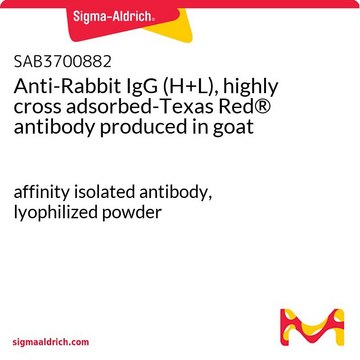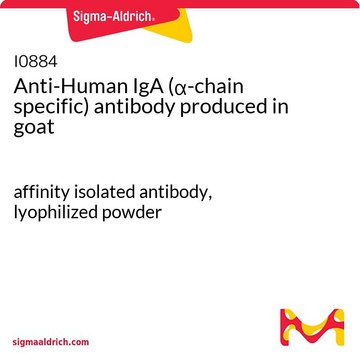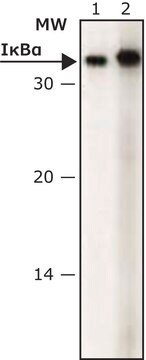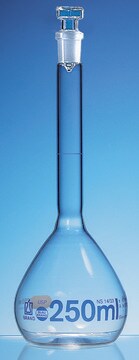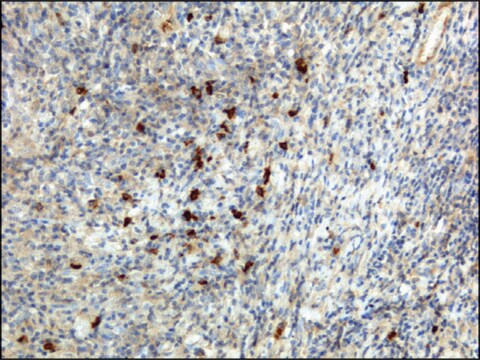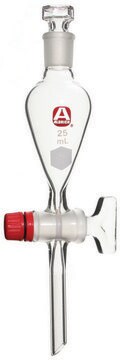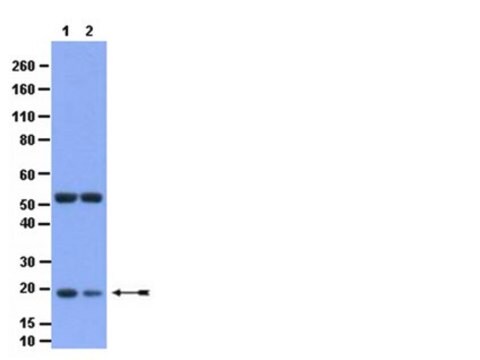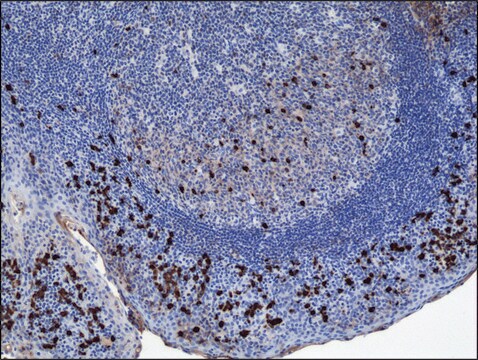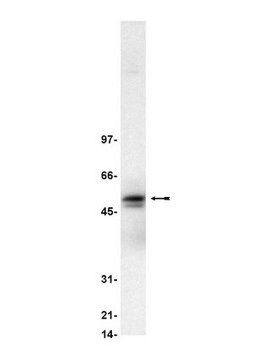07-1483
Anti-IκBα Antibody
serum, from rabbit
About This Item
Produtos recomendados
fonte biológica
rabbit
Nível de qualidade
forma do anticorpo
serum
tipo de produto de anticorpo
primary antibodies
clone
polyclonal
reatividade de espécies
rat, mouse, human
técnica(s)
ELISA: suitable
immunohistochemistry: suitable (paraffin)
immunoprecipitation (IP): suitable
western blot: suitable
Isotipo
IgG
nº de adesão NCBI
nº de adesão UniProt
Condições de expedição
dry ice
modificação pós-traducional do alvo
unmodified
Informações sobre genes
human ... NFKBIA(4792)
Descrição geral
Especificidade
Imunogênio
Aplicação
Anti-IкBα staining on invasive ductal carcinoma tissue (Breast Cancer) was pretreated with citrate buffer, pH 6.0. A 1:1,000 diluted was used using IHC-Select detection with HRP-DAB.
ELISA: Recommended
Immunoprecipitation: Recommended
Optimal dilutions must be determined by the end user.
Epigenetics & Nuclear Function
Transcription Factors
Qualidade
Western Blot Analysis:
1:500 to 1:2,000 dilution of this lot detected IkBalpha on 10 μg of HEK293 lysates.
Descrição-alvo
Ligação
forma física
Armazenamento e estabilidade
Handling Recommendations: Upon first thaw, and prior to removing the cap, centrifuge the vial and gently mix the solution. Aliquot into microcentrifuge tubes and store at -20°C. Avoid repeated freeze/thaw cycles, which may damage IgG and affect product performance.
Nota de análise
HEK293 cell lysate.
Control Peptide: Included with the antibody is 50 μg (1 mg/mL) of IκBα control peptide. The peptide will block the specific interaction of AB3016 with the IκBα subunit. Control peptide should be used at 1.0 μg per 1.0 μL of antiserum used in assay. Optimal concentrations must be determined by the end user.
Exoneração de responsabilidade
Não está encontrando o produto certo?
Experimente o nosso Ferramenta de seleção de produtos.
recomendado
Código de classe de armazenamento
12 - Non Combustible Liquids
Classe de risco de água (WGK)
WGK 2
Ponto de fulgor (°F)
Not applicable
Ponto de fulgor (°C)
Not applicable
Certificados de análise (COA)
Busque Certificados de análise (COA) digitando o Número do Lote do produto. Os números de lote e remessa podem ser encontrados no rótulo de um produto após a palavra “Lot” ou “Batch”.
Já possui este produto?
Encontre a documentação dos produtos que você adquiriu recentemente na biblioteca de documentos.
Nossa equipe de cientistas tem experiência em todas as áreas de pesquisa, incluindo Life Sciences, ciência de materiais, síntese química, cromatografia, química analítica e muitas outras.
Entre em contato com a assistência técnica